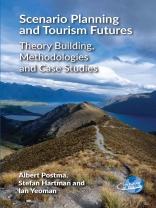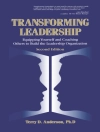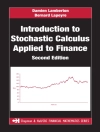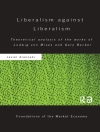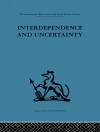This book offers a practical guide for scenario planning to make sense of the future of tourism for practitioners, researchers and students. It provides an overview of the theoretical development of scenario planning, describes the scenario planning method and puts it into the context of strategic foresight. A variety of scenario planning and futures case studies are presented which demonstrate how scenario planning is used and deployed. Each case study is drawn from the European Tourism Futures Institute’s 12 years of practice, emphasising the different stages of the scenario planning method, and includes learning points and discussion questions to help readers understand key concepts, theories and applications.
表中的内容
Figures and Tables
Falco de Klerk Wolters: Foreword: 15 Years of the European Tourism Futures Institute (ETFI)
Jeremy Sampson: Foreword: Focus on the Future of Tourism
Chapter 1. Why the Future is Important in an Uncertain World: The Role of Scenario Planning to Create the Future of Tourism
Chapter 2. Is Scenario Planning a Theory Builder or a Research Methodology?
Chapter 3. Strengthening Resilience in Tourism through Scenario Planning
Chapter 4. Methodologies of Scenario Planning and Strategic Foresight
Chapter 5. The Application of Scenario Planning in Tourism
Chapter 6. The European Tourism Futures Institute Method
Chapter 7. A Scenario Framework for the Post COVID-19 Futures of Tourism
Chapter 8. The Tourism Futures of Rural Friesland: An Integrated Spatial Planning Approach to Tourism Planning
Chapter 9. Futures Lab Fryslân
Chapter 10. Scenarios for Inbound Tourism to the Netherlands – Case Study
Chapter 11. Notting Hill Carnival Futures 2020
Chapter 12. Visitor Pressure in European Cities
Chapter 13. The European Tourism Futures Institute on the Edge of Time
References
Index
关于作者
Stefan Hartman is Head of Department at the European Tourism Futures Institute, NHL Stenden University of Applied Sciences, the Netherlands. His research interests include tourism futures, scenario planning, managing sustainability transitions and resilience.
